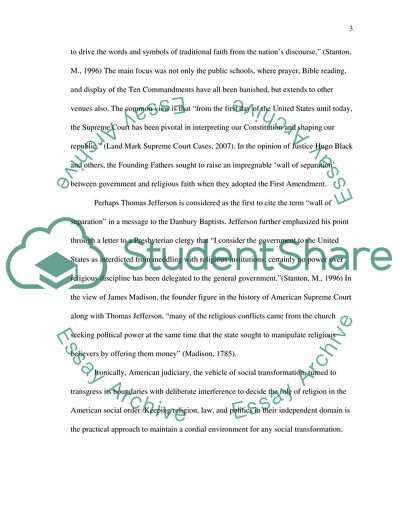Cite this document
(“A Wall of Separation between Law and Religion Term Paper”, n.d.)
A Wall of Separation between Law and Religion Term Paper. Retrieved from https://studentshare.org/social-science/1543325-informitive-essay
A Wall of Separation between Law and Religion Term Paper. Retrieved from https://studentshare.org/social-science/1543325-informitive-essay
(A Wall of Separation Between Law and Religion Term Paper)
A Wall of Separation Between Law and Religion Term Paper. https://studentshare.org/social-science/1543325-informitive-essay.
A Wall of Separation Between Law and Religion Term Paper. https://studentshare.org/social-science/1543325-informitive-essay.
“A Wall of Separation Between Law and Religion Term Paper”, n.d. https://studentshare.org/social-science/1543325-informitive-essay.


